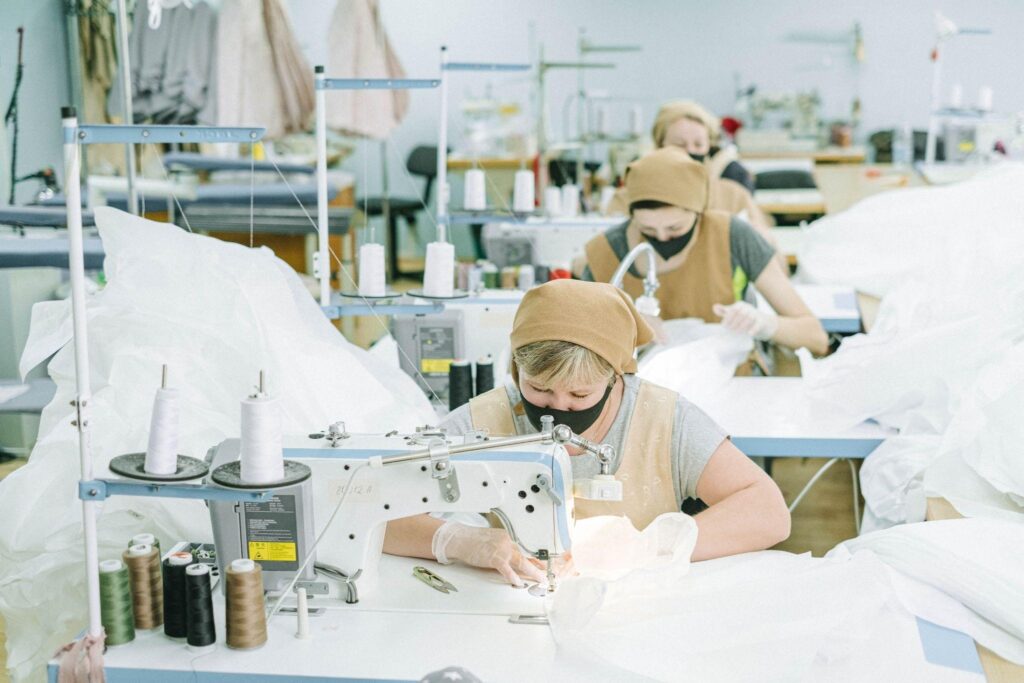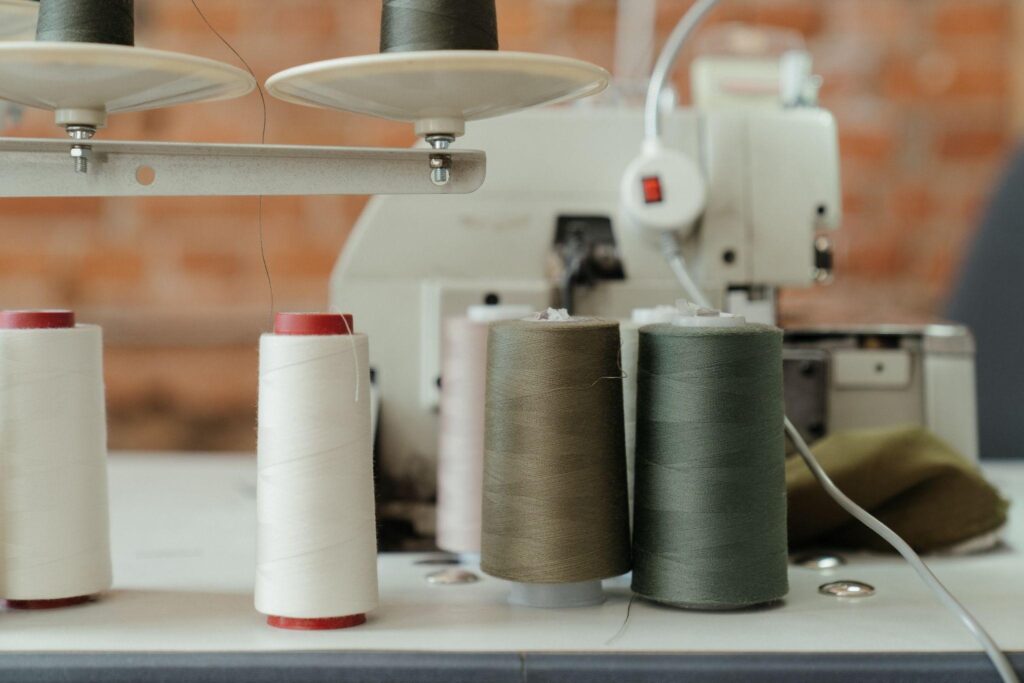
your guide to a more eco-friendly business
“Design-to-Sustainability” Approach
If you’re in business, you know that “design to cost” is an important principle to follow. After all, in today’s competitive environment, you have to meet target prices in order to get the orders you want. But what you may not realize is that “design to sustainability” is just as important. In fact, if we factor in the environmental costs associated with fiber, textile, and garment manufacturing (such as water consumed and CO2 emissions), design to cost and sustainability become equal targets.
So why is “design-to-sustainability approach” so important? It’s simple: what applies to cost and the avoidance of any unnecessary costs in the design process equally applies to sustainability. In other words, we need to design with sustainability in mind in order to protect our environment and Natural resources.

The Impact of “Design-to-Cost approach” on Sustainability
There are a number of reasons why sustainability must be a priority when it comes to the design process. First and foremost, sustainable practices can help reduce the impact that fashion has on the environment. The fashion industry is one of the most polluting industries in the world. And it is estimated that clothing production emits more than 1.2 billion tons of greenhouse gasses each year. By incorporating sustainable practices into the design process, we can help reduce this pollution and make a positive impact on the environment.
In addition, sustainable practices can also help reduce costs associated with clothing production. For example, organic cotton requires less water and energy to grow than conventional cotton, which can save brands money on production costs. Moreover, sustainable materials such as bamboo and peace silk are often more durable than conventional fabrics, which means they will last longer and need to be replaced less often. This can help brands to reduce their environmental impact.

Finally, sustainable practices can also help brands build customer loyalty and gain a competitive edge in the marketplace. As more and more consumers become aware of the negative impact that fashion has on the environment, they are increasingly looking for brands that are doing their part to minimize their ecological footprint. By incorporating sustainable practices into their designs, brands can position themselves as leaders in responsible fashion and attract customers who are looking for eco-friendly options.
In conclusion, sustainable design is so important. We need to be mindful of the way we produce and consume fashion. If we all make small changes in our habits, we can have a big impact on the environment. Sustainable practices also have other benefits, such as reducing costs and building customer loyalty. So, what are you waiting for? Start designing sustainably today!
